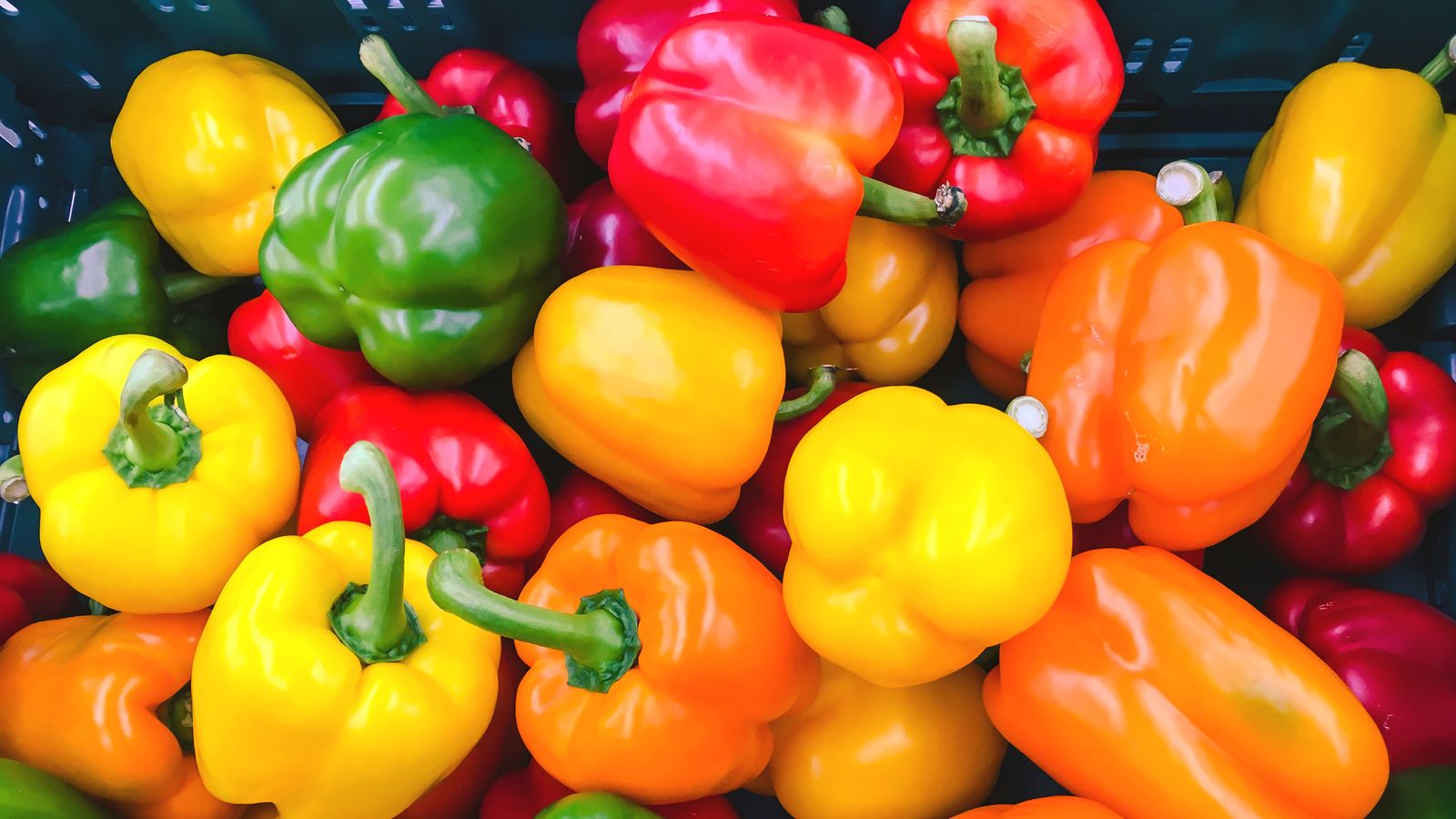COVID can remain on some ready-to-eat groceries for days, experts have revealed.
Tests carried out for the Food Standards Agency in a laboratory saw the SARS-CoV-2 virus smeared on packaging and food, including fruit and bottled drinks, that people might put in their mouth without cooking or washing.
The results varied, with most foods tested having a significant drop in levels of virus contamination over the first 24 hours.
But for peppers, bread crust, ham and cheese, the infectious virus was found to be detectable for several days under some conditions.
It was also discovered to remain present for several hours on the surfaces of croissants and pain au chocolate.
The study’s authors noted that foods and packaging used in the study were “artificially inoculated with SARS-CoV-2 and therefore are not a reflection of contamination levels found on these foods at retail, and lower levels of contamination will require less time to decline to undetectable levels”.
“The public may be interested in the finding that virus may persist in an infectious state, on foods and food packaging surfaces, for several days under certain common conditions.”
Lifting of lockdowns in major Chinese cities signals shift in COVID stance after wave of protests
£4.5bn lost to fraud in three COVID schemes as Rishi Sunak’s Eat Out to Help Out scheme recorded 9.5% rate of fraud, HMRC says
MPs told COVID jabs are ‘not good enough’ by former chief of UK’s vaccination programme
They said the results of the study “reinforce the need to rigorously follow the guidance on maintaining appropriate hygienic handling measures and display of unpackaged foods”, but added that consumers remain at a very low risk.
It comes as the recent fall in the number of COVID-19 patients in England looks to have stopped, with early signs suggesting levels are starting to rise again.
A total of 4,964 people testing positive for coronavirus were in hospital as of November 30, up 8% on the previous week, NHS England figures show.
Patient numbers had been on a downwards trend for just over a month after peaking at 10,688 on October 17.
But this decline appears to have levelled off, with figures for the last few days showing a small increase.






